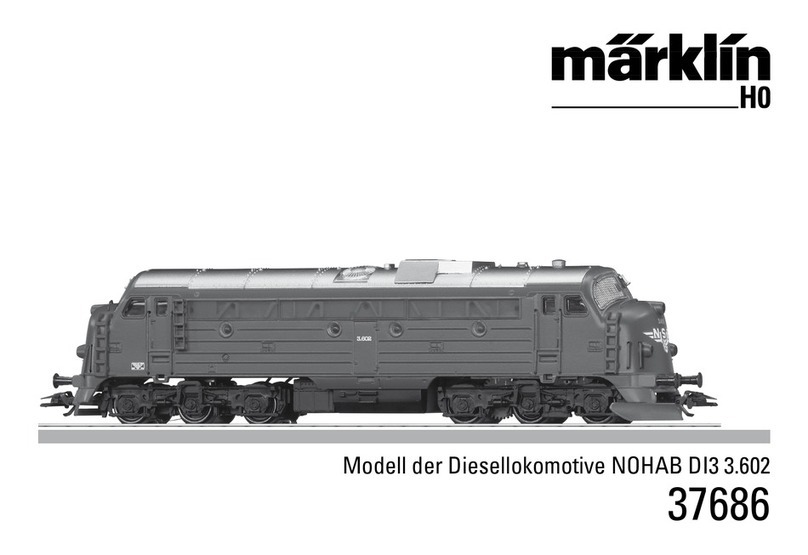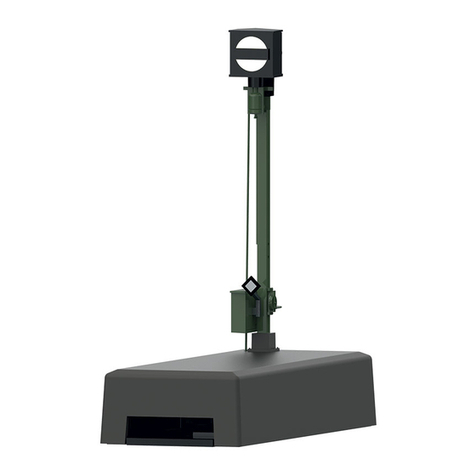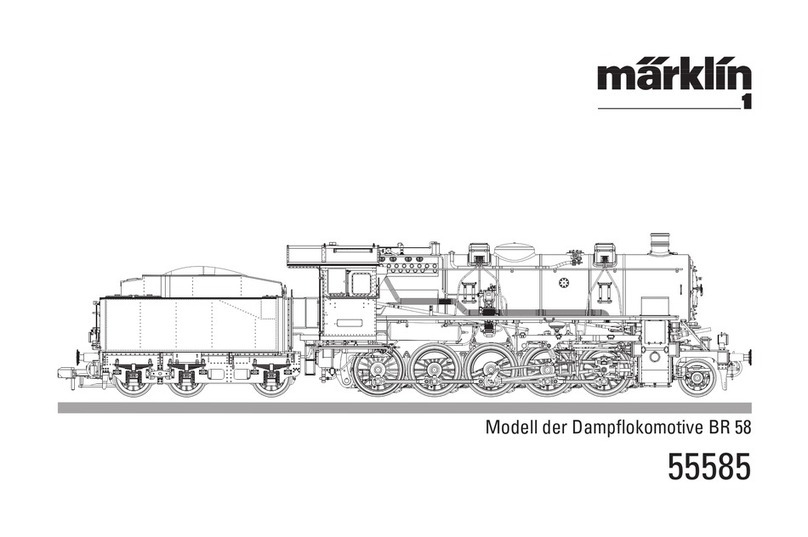marklin baureihe V 60 User manual
Other marklin Toy manuals
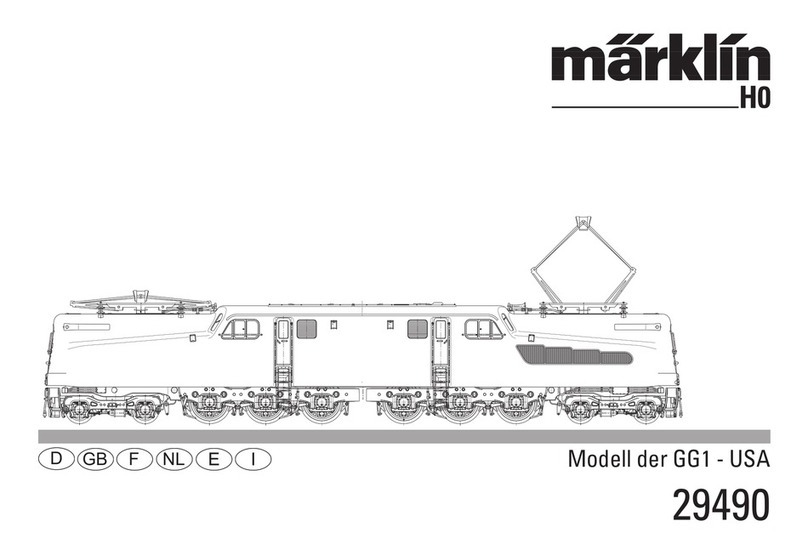
marklin
marklin 29490 User manual
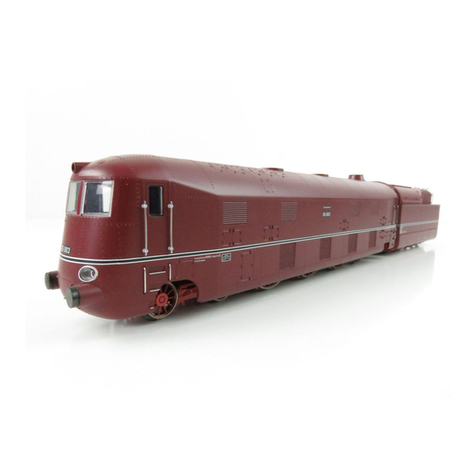
marklin
marklin Dampflok BR 05 39053 User manual

marklin
marklin 36835 User manual
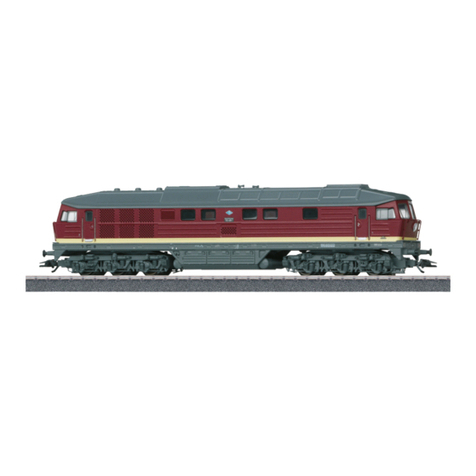
marklin
marklin BR 132 User manual

marklin
marklin 37556 User manual

marklin
marklin 37736 User manual

marklin
marklin 39840 User manual
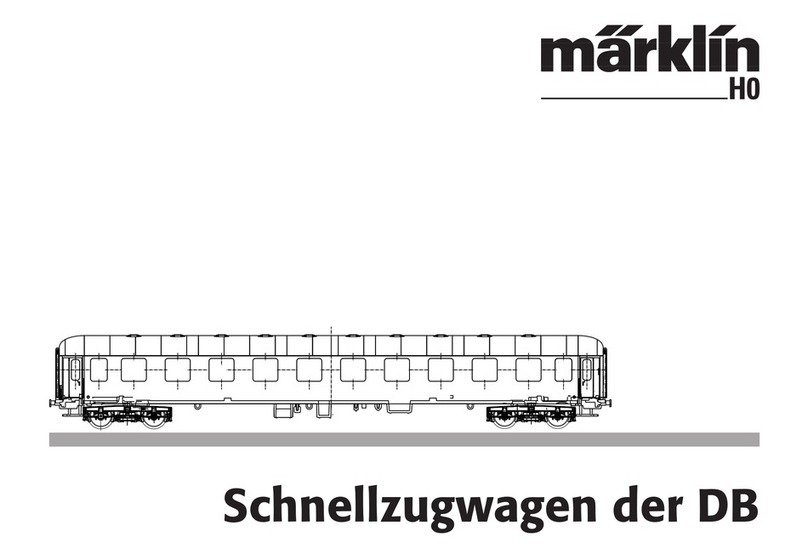
marklin
marklin Schnellzugwagen der DB User manual
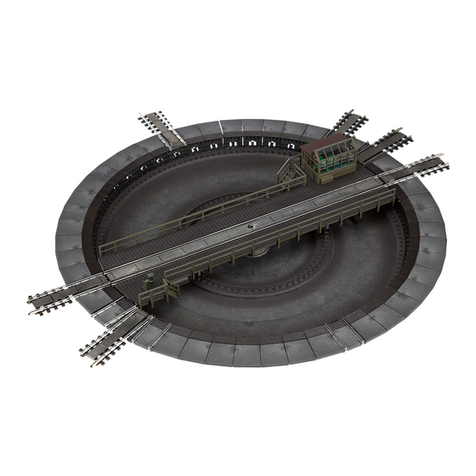
marklin
marklin 7286 User manual
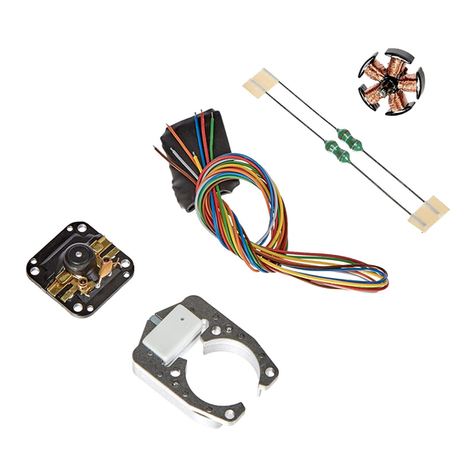
marklin
marklin 60760 User manual
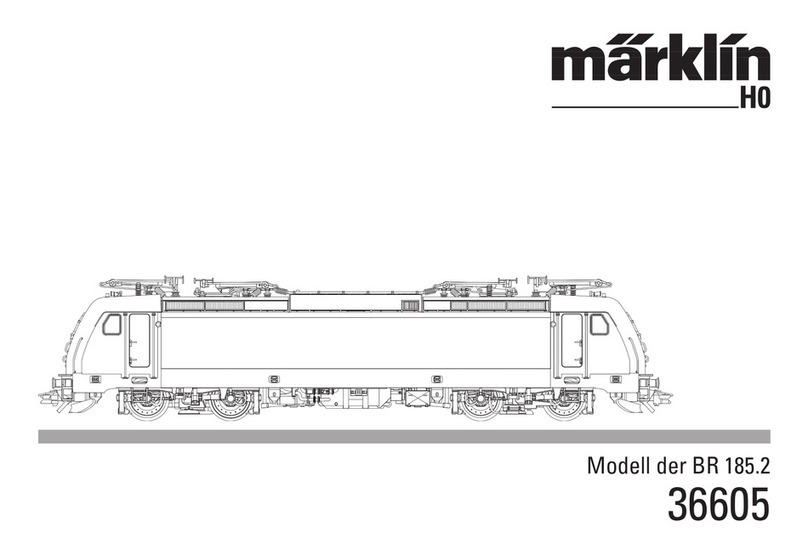
marklin
marklin 36605 User manual
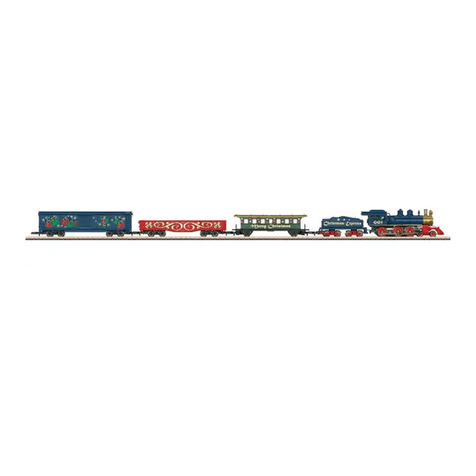
marklin
marklin 81846 Installation and operation manual

marklin
marklin D 311.01 User manual
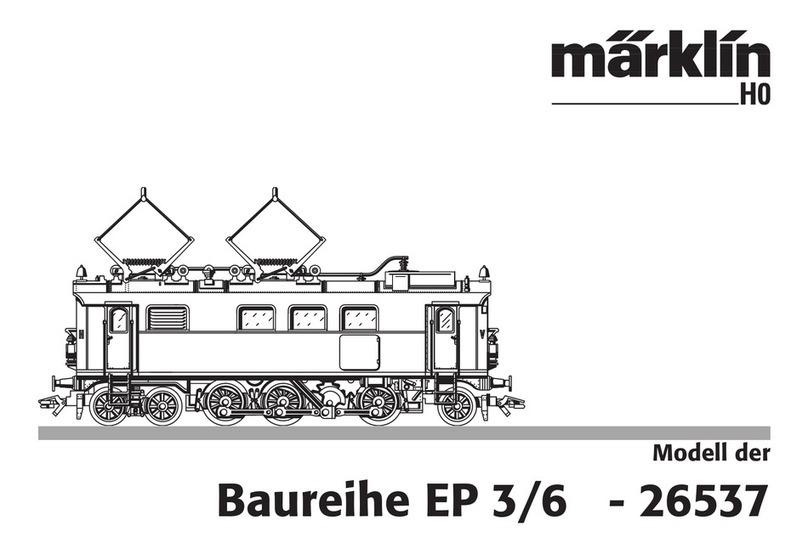
marklin
marklin 26537 User manual
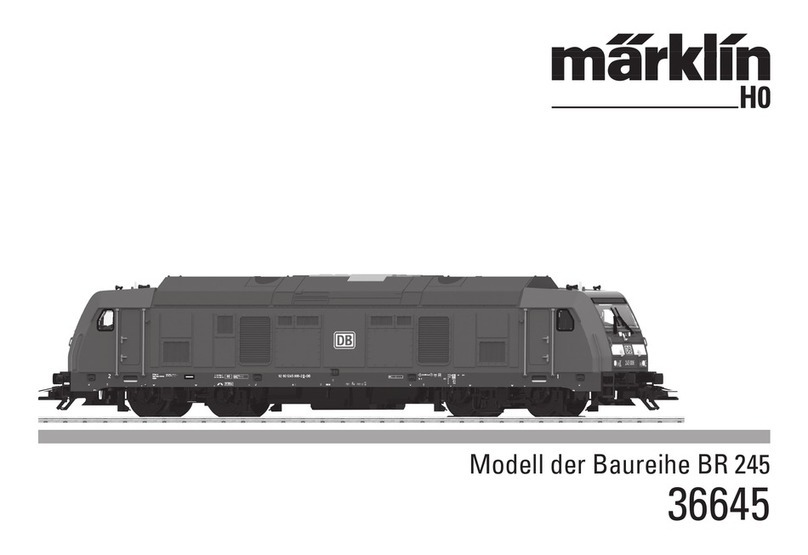
marklin
marklin 36645 User manual
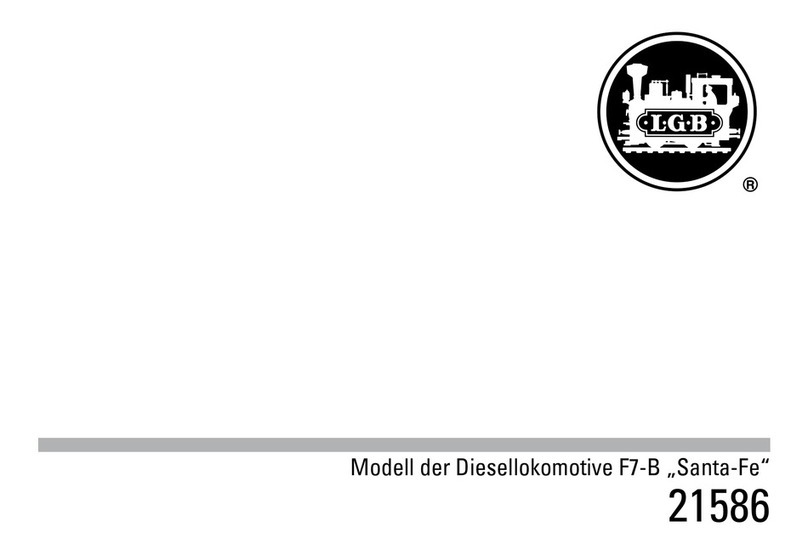
marklin
marklin F7-B Santa-Fe User manual
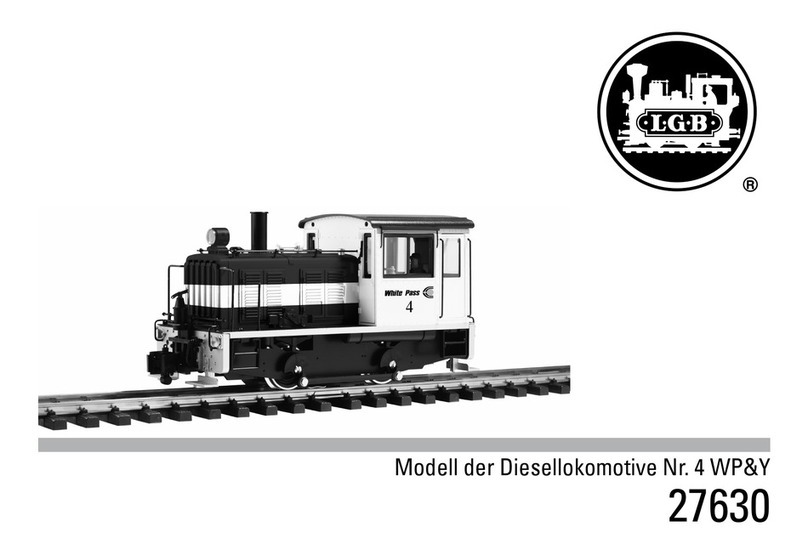
marklin
marklin 4 WP&Y User manual

marklin
marklin 39230 User manual
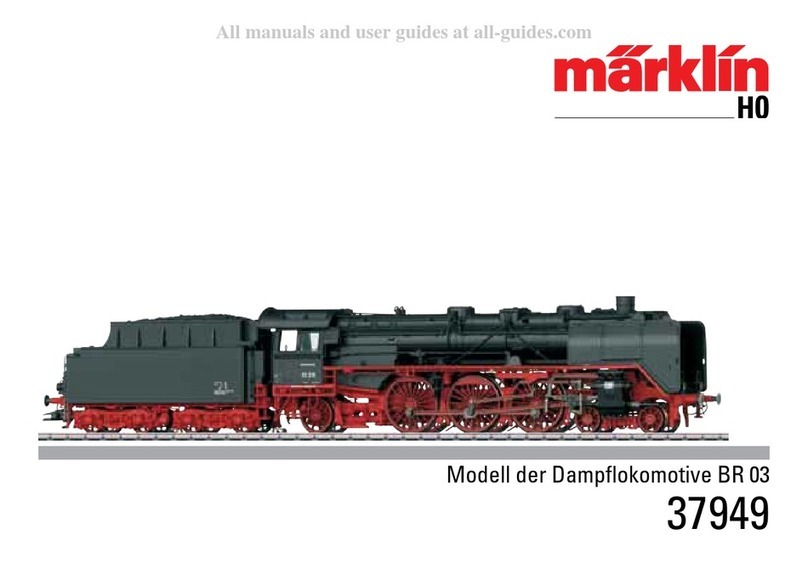
marklin
marklin 37949 User manual
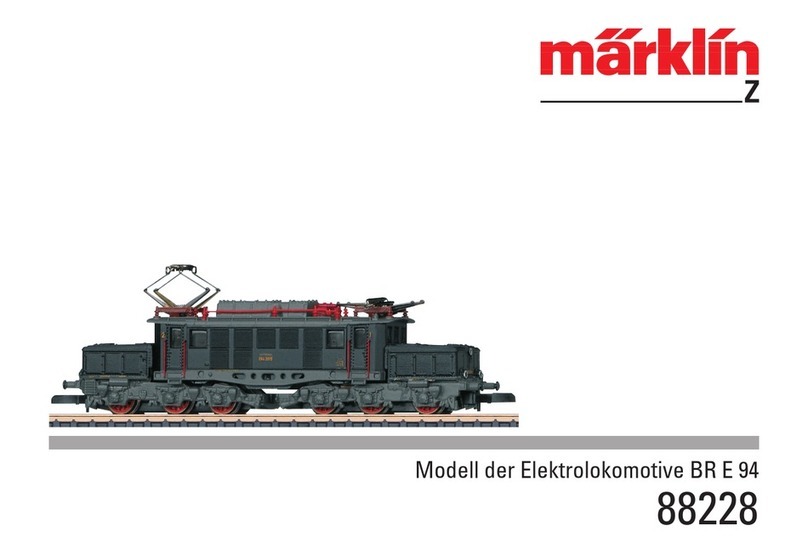
marklin
marklin BR E 94 User manual
Popular Toy manuals by other brands

FUTABA
FUTABA GY470 instruction manual

LEGO
LEGO 41116 manual

Fisher-Price
Fisher-Price ColorMe Flowerz Bouquet Maker P9692 instruction sheet

Little Tikes
Little Tikes LITTLE HANDIWORKER 0920 Assembly instructions

Eduard
Eduard EF-2000 Two-seater exterior Assembly instructions

USA Trains
USA Trains EXTENDED VISION CABOOSE instructions
